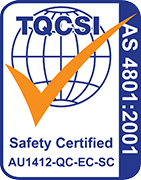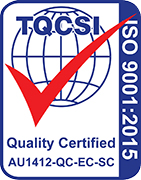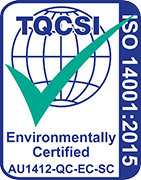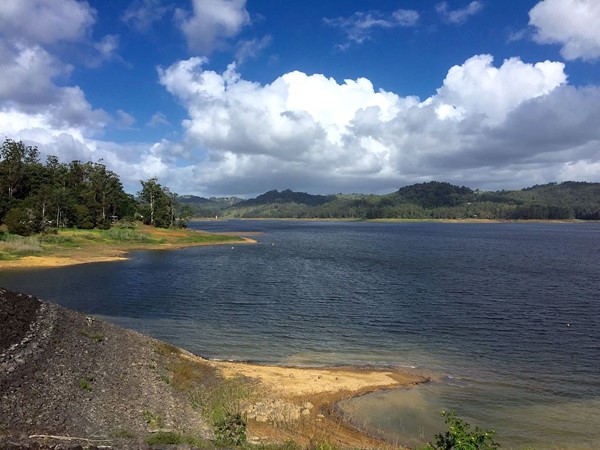
How Maleny Is Leading the Way in Times of Drought for Regional Towns
27 April, 2021
Approximately 80% of the water used in Australian households becomes wastewater, as highlighted by Roberta Ryan writing for ‘The Conversation’1. In most cases, once wastewater is treated it is often disposed of with no planned reuse in mind.
The need to recycle our wastewater has never been greater. Diminishing water supplies in the wake of drought threaten the way of life for many towns and cities throughout Australia. Dam levels in South East Queensland are the lowest they’ve been since 2008 – currently sitting at only 56.2% in the midst of the usual rainy season2.
In recent times, the township of Maleny has developed into a great role model for other Australian towns on how to minimise this type of water wastage and gain greater water security using a circular economy approach.
In 2014, Unitywater completed an upgrade to the Maleny Sewage Treatment Plant incorporating a disposal forest and treatment wetland (designed by the Water & Carbon Group), to provide further tertiary treatment before discharge into the nearby Obi Obi Creek. The successful implementation of the project meant the township could safely recycle their wastewater using an ‘Indirect Potable Reuse’ method.
In comparison to most other water disposal methods, this system facilitates a more efficient reintroduction of fresh water into the natural water cycle. In doing so, it provides the town and surrounding environment with a secure and sustainable water supply for the future.
Indirect Potable Reuse (IPR) involves treating/recycling water before “intentionally introducing the recycled water into a major water storage reservoir, a waterway feeding a storage reservoir or into a water supply aquifer”, (Australian Water Association, n.d.)3. The water within a storage reservoir then undergoes further treatment before being distributed for domestic use.
The IPR process in Maleny occurs in four distinct steps (see illustration below):
- The local sewage treatment plant (STP) discharges water from its tertiary treatment system into an irrigated rainforest and buffer treatment wetland for further cleaning/purifying.
- The water then trickles into Obi Obi Creek and eventually makes its way into Barron Pocket Dam.
- Water from the Dam is extracted for further treatment, before being redistributed into the water supply network.
- Once the water is used in households it re-enters the STP for primary treatment and begins the cycle once again.
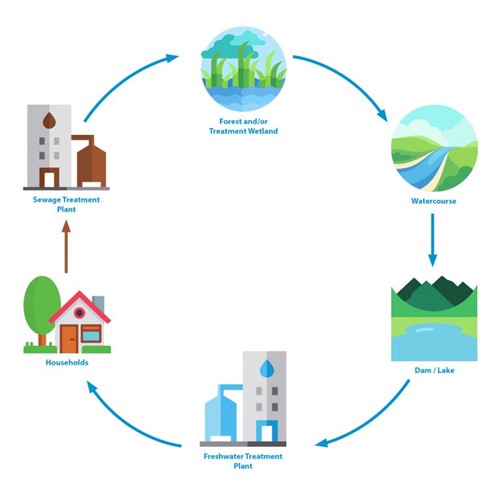
The Maleny project has received several awards after its completion: most notably, the UN World Environment Day Award for best specific environmental initiative.
Throughout Australia, water reuse methods such as IPR aren’t unknown to the industry, with several well-known schemes having been established in both New South Wales (South Windsor Recycled Water Scheme) and South East Queensland (Western Corridor Recycled Water Scheme). Despite this, modern water recycling/reuse processes are still greatly underutilised, especially in regional areas.
Securing sustainable water sources is an important aspect for all towns and cities throughout Australia, especially in today’s climate. Circular water reuse approaches such as IPR grant the ability to drastically reduce the variances in water stores and help safeguard our way of life.
For drought-prone regions in particular, the ability to recycle water in a more sustainable and natural way not only provides increased level of resilience in times of need, but also promotes the longevity of the surrounding environment and ecosystems.
Our past efforts towards gaining greater water security have laid predominantly in the construction of dams and the reduction of our daily personal water consumption. With sustainable and effective water reuse methods at our fingertips, now is certainly the time we should be looking towards reducing wastage at the other end of the water cycle. Creating more holistically efficient water systems throughout Australia could prove to be a game changer for all Australian towns & cities, especially those in regional areas.
For more information on the Maleny STP Upgrade, view the case study here
Footnotes
1 Article – 80% of household water goes to waste – we need to get it back
Roberta Ryan (2019). “80% of household water goes to waste – we need to get it back”. The Conversation. Accessed 26 October, 2019 from: https://theconversation.com/80-of-household-water-goes-to-waste-we-need-to-get-it-back-125798?utm_source=linkedin&utm_medium=linkedinbutton
2Article – South East Queensland combined dam levels drop to 60pc — so when will water restrictions begin?
Lexy Hamilton-Smith (2019). South East Queensland combined dam levels drop to 60pc — so when will water restrictions begin? ABC News. Accessed 13th January, 2020 from:
https://www.abc.net.au/news/2019-11-19/south-east-qld-dam-levels-drop-to-60pc-combined/11716374
3 Fact Sheet – Indirect Potable Reuse
Australian Water Association (n.d). “Water Recycling Fact Sheet”. Australian Water Association Website. Accessed 26 October, 2019 from: http://www.awa.asn.au/AWA_MBRR/Publications/Fact_Sheets/Water_Recycling_Fact_Sheet/AWA_MBRR/Publications/Fact_Sheets/Water_Recycling_Fact_Sheet.aspx?hkey=54c6e74b-0985-4d34-8422-fc3f7523aa1d
* Feature Image: Baroon Pocket Dam – Attribution: Kgbo [CC BY-SA (https://creativecommons.org/licenses/by-sa/4.0)]
*Post Image: Baroon Pocket Dam – Attribution: Damien Dempsey [CC BY (https://creativecommons.org/licenses/by/2.0)]



